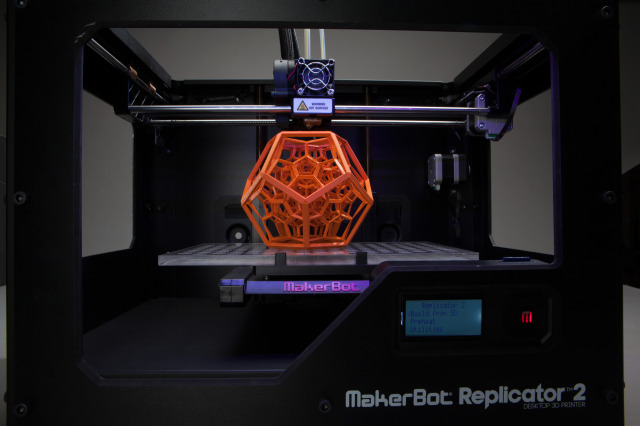Last month, New York quietly proposed a bill intended to protect children from advertising of unhealthy foods and the “disastrous health outcomes that follow the overconsumption of these products,” suggesting that such marketing is “inherently misleading.” While the law’s stated goal is to protect children from these negative health consequences, the law goes much further and would open the floodgates to litigation.
The law would expand New York’s Agricultural and Markets Law to state “[a]n advertisement concerning a food or food product shall not be false or misleading in any particular” and require courts to give special consideration to advertising directed at a child.
However, it would also amend New York GBL 350, New York’s general false advertising statute, by requiring courts to consider specific additional factors when determining whether any advertising is false or misleading. Specifically, a court would need to consider under GBL 350 such factors as “whether the advertisement targets a consumer who is reasonably unable to protect their interests because of their age, physical infirmity, ignorance, illiteracy, inability to understand the language of an agreement, or similar factor.”Continue Reading New York Proposes Bill Targeting Unhealthy Food Advertising to Children, with Broader Implications

 Since we are now fully comfortable with “smart” everything, it should be no surprise that
Since we are now fully comfortable with “smart” everything, it should be no surprise that  We agree – the Jetsons era has indeed arrived. Beyond the days of “smart” everything, now 3D printing has taken center stage in the tech world. While it is not so farfetched to imagine
We agree – the Jetsons era has indeed arrived. Beyond the days of “smart” everything, now 3D printing has taken center stage in the tech world. While it is not so farfetched to imagine